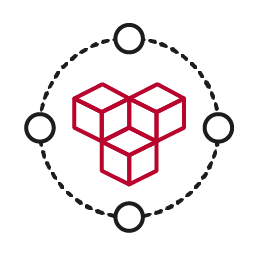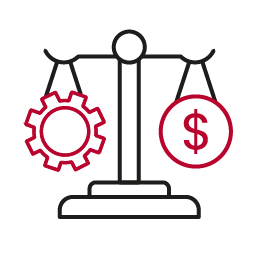Innovative
strategies for
profitable
products
At FEV Consulting, we specialize in crafting technology strategies that revolutionize the mobility and energy sectors. Our approach is rooted in unmatched industry insights and a profound grasp of future technologies. Combined with a deep understanding of market dynamics, customer preferences, and regulatory frameworks, we’re uniquely positioned to define strategies, that are not only innovative but also practical and implementable.
Our team, backed by the knowledge of more than >7,000 engineers, works closely with clients to assess their products, capabilities, market positioning as well as investment capabilities and partnership potentials, building solid business cases to ensure competitiveness, compliance, and profitability. With FEV Consulting, clients receive more than just visionary thinking; they get actionable strategies that lead to profitable product portfolios during periods of significant transformation.










